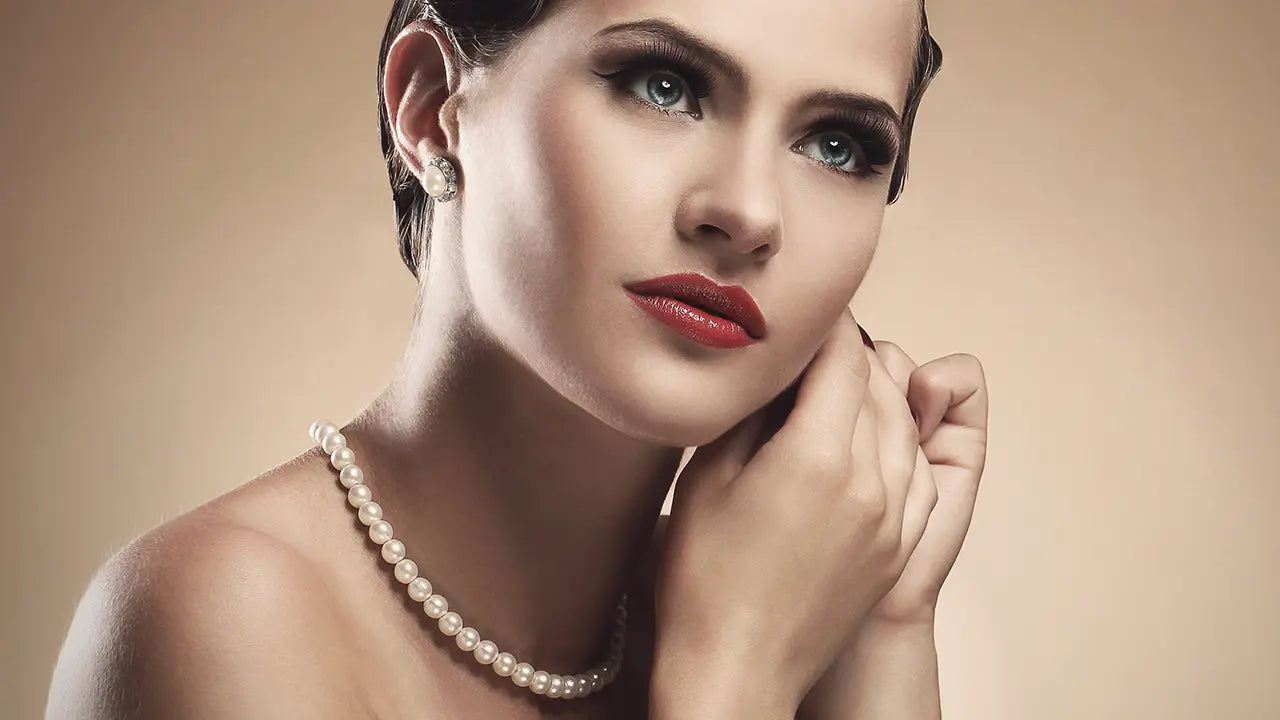
How to Mix and Match Jewelry Like a Pro
Mixing and matching jewelry allows for personal expression and can elevate any outfit from ordinary to exceptional. However, achieving a harmonious look requires a bit of know-how regarding jewelry scale, proportion, color, and layering techniques. Here's how you can mix and match jewelry like a pro, focusing on these key aspects.
Understanding Jewelry Scale and Proportion
When mixing jewelry, it's important to consider the scale and proportion of the pieces you're combining. Mixing large, bold pieces with very delicate items can sometimes create a disjointed look. Instead, aim for a balanced appearance by selecting pieces that complement each other in size and weight. For instance, if you're wearing a large statement necklace, pair it with simpler earrings to avoid overwhelming your look.
Playing with Color: Gemstones and Beads
Color is a powerful tool in jewelry coordination. You can create visually appealing combinations by mixing gemstones and beads of different colors. Consider the color wheel when pairing hues: complementary colors (opposite each other on the wheel) can add vibrancy, while analogous colors (next to each other) create harmony. Don't be afraid to mix warm and cool tones for a more dynamic look. For example, pairing a turquoise necklace with coral earrings can create an eye-catching contrast.
Layering Necklaces: Tips and Tricks
Layering necklaces can add depth and interest to your outfit. To master this:
Start with a variety of lengths: Combine chokers, mid-length chains, and longer necklaces to create a tiered effect.
Mix styles and textures: Combine different chain styles, pendants, and materials (like combining a delicate gold chain with a chunkier beaded necklace) for a curated look.
Keep balance in mind: If you're layering several necklaces, consider wearing simpler earrings and bracelets to let your necklaces shine.
Balancing Earrings with Other Jewelry
Earrings can set the tone for your entire jewelry ensemble. When mixing and matching:
Consider your hairstyle and the earrings' visibility: Long, dangling earrings work well with updos, while studs or smaller hoops might be better with hair down.
Match earrings to the style but not necessarily the color of other jewelry: For instance, geometric metal earrings can complement a modern metal necklace, even if they're in different metals or finishes.
Think about the occasion: Larger, more colorful earrings can be balanced with subtler pieces for daytime, while you might choose to go bolder with both earrings and accompanying jewelry for evening events.
Additional Tips for Mixing and Matching Jewelry
Maintain a Focal Point: Decide on one piece of jewelry to be the focal point, and let other items complement it.
Consider Metal Mixes: Don't shy away from mixing different metals. Silver, gold, and rose gold can complement each other beautifully when balanced correctly.
Reflect Your Personal Style: The most important aspect of mixing and matching jewelry is that it reflects your personal style. Experiment to find combinations that make you feel confident and express who you are.
By understanding the principles of scale and proportion, playing with color, mastering the art of layering necklaces, and balancing earrings with other jewelry, you can mix and match your pieces like a pro. Remember, the key is to have fun and let your personal style guide your choices.


